Boston Brewer Panel: On Evolving Tastes and the Creative Process
Over the course of February, we got the chance to interview brewers from six of our favorite Boston-area craft breweries. Each of them weighed in on more than a dozen questions for our first ever brewer panel.
In this post--the first in a five-part series--you’ll hear from brewers at Jack's Abby Brewing, Clown Shoes, Pretty Things Beer & Ale Project, Nightshift Brewing, Idle Hands Craft Ales/Enlightenment Ales, and Aeronaut Brewing Co. on evolving beer tastes and the creative process for coming up with a new beer.
To get notified when the next post is published, sign up here.
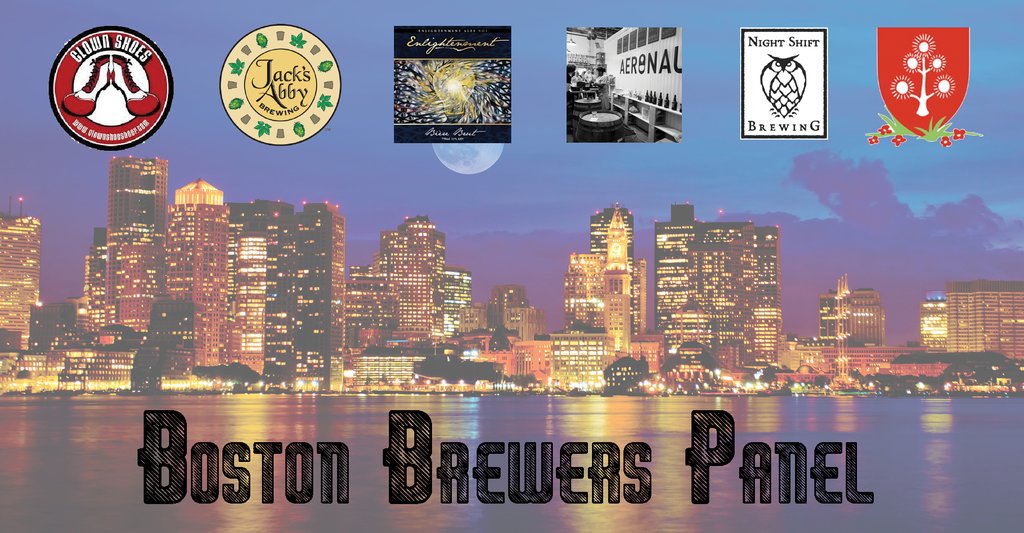
How are your customers’ tastes evolving? And where do you feel the craft beer movement is headed next?
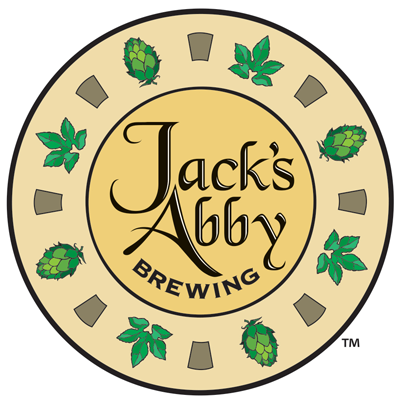 Jack Hendler, Brewer at Jack's Abby Brewing, Framingham, MA (@JacksAbby)
Jack Hendler, Brewer at Jack's Abby Brewing, Framingham, MA (@JacksAbby)
That's the million dollar question. I've believed for years that as craft continues to attract mainstream beer drinkers, craft would need more "gateway" or mainstream beers. So far I've been wrong as very hoppy beers continue to grow at a staggering clip. It's hard to tell if extreme hoppy beers are a fad or will continue their upward trend.
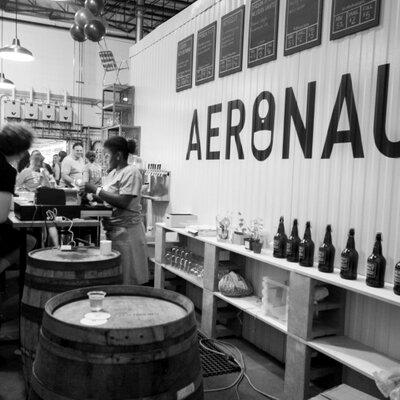 Adrian Beck-Oliver, Brewer at Aeronaut Brewing Co., Somerville, MA (@AeronautBrewing)
Adrian Beck-Oliver, Brewer at Aeronaut Brewing Co., Somerville, MA (@AeronautBrewing)
We're certainly very firmly in the hop-forward age of beer, any time we put on an IPA in our tasting room it sells out in one or two weeks. Beyond that, as people are getting more interested in craft beer and educate themselves on what's out there, they try more styles. With our 8 draft lines we try to keep a varied menu in terms of style origin, light to dark, low to high gravity, etc., to not only cater to individual preferences, but also allow a curious drinker to try several different styles. As a movement, it seems as though drinkers are interested in trying new ingredients, aging processes, and wild fermentations. I think people are also realizing they like drinking multiple beers and socializing, so session beers, or beers below 4.5% ABV, are becoming popular on the craft side.
 Dann Paquette, Brewer at Pretty Things Beer & Ale Project, Somerville, MA (@PrettyBeer)
Dann Paquette, Brewer at Pretty Things Beer & Ale Project, Somerville, MA (@PrettyBeer)
I'm not sure tastes are evolving but because of the internet beer drinkers are well aware of all of their possibilities. To be honest, I don't really know or care where this is going next. Hopefully it can get back to using the great raw materials beer gives us, rather than the gimmicked-up beers that really don't do anything to promote this brilliant beverage. I'm certain sour beer will continue to grow in market share, as will hoppy beer.
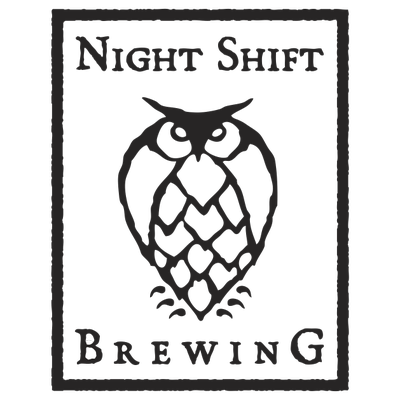 Rob Burns, Co-Founder at Nightshift Brewing, Everett, MA (@NightShiftBeer)
Rob Burns, Co-Founder at Nightshift Brewing, Everett, MA (@NightShiftBeer)
It's tough to predict but right now hops are the hottest thing about beers. Consumers are really crushing hoppy beers. With all the unique flavors that new hops provide, it really opens up the possibility to make hoppy beers in a way that wasn't possible 15 years ago. I think the industry will see a shift away from hoppy beers at some point--this may be due to a limited amount of sexy hops or because of palate fatigue. There is so much more you can do with beer than add loads of hops. I can see people heading towards yeast-forward or malt-forward and more delicate beers in the future.
Ben Howe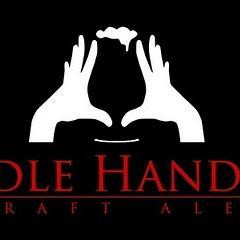 , Founder and Head Brewer at Idle Hands Craft Ales/Enlightenment Ales, Everett, MA (@idlehandsbeer/@Alelightenment)
, Founder and Head Brewer at Idle Hands Craft Ales/Enlightenment Ales, Everett, MA (@idlehandsbeer/@Alelightenment)
That's a big question and I don't have a very well thought out answer. I'm not overly optimistic to tell you the truth. I think there's been a lot of growing up and maturing among many of the people I know in beer; myself included. People loving sours and nice mellow lagers and such. But, and I know this will get me in trouble, I'm concerned that a growing number of craft beer consumers are blindly focused on hoppy beers as the only ones that matter. Not that we shouldn't love hops or anything, I'm just worried there are many many new craft beer lovers who only love hops to the exclusion of all else. It seems to me this is driving the market to a place that is neither desirable, nor sustainable. Also, there's a lot of breweries opening. In some ways it's awesome as there's more great beer to drink and pretty fierce creative competition. It's really forcing all of us to up our games and I love that. However, there's also a lot of people starting up who neither have any professional brewing experience nor any desire to get any before starting a commercial brewery. This is leading to some very mediocre beer and, I know this will get me in trouble, too, sub par palates and expectations among new craft beer enthusiasts. It's weird. We're making some of the best most interesting most well executed beers we've ever made and some of the most dismally sad and sloppy beers... and the consumers are eating it all up. Bizarre.
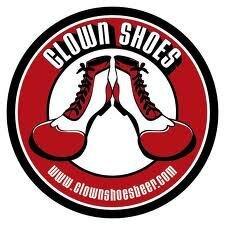 Bryan Doran, Test Batch Brewer at Clown Shoes Beer, Ipswich, MA (@clownshoesbeer)
Bryan Doran, Test Batch Brewer at Clown Shoes Beer, Ipswich, MA (@clownshoesbeer)
Clown Shoes has customers as diverse as the beers we make. We are really fortunate to be making beer at a time when we have such active and immediate feedback in the social space. I am happy that our base enjoys the new flavors that we have been developing with our barrel-aged program. They appreciate that we go out of our way to get quality ingredients--like the choice of the Pierre Ferrand Cognac barrels. In the five years Clown Shoes has been around, the craft beer space has changed dramatically. There are so many great beers being produced and the market is accepting more unique styles. So I think brewers will be able to continue to explore quality ingredients and have a base that is willing to support our short-run unique twists.
Walk us through the creative process of coming up with a new beer.
 Jack Hendler, Brewer at Jack's Abby Brewing, Framingham, MA (@JacksAbby)
Jack Hendler, Brewer at Jack's Abby Brewing, Framingham, MA (@JacksAbby)
The creative process for Jack's Abby revolves around finding inspiration from something. It may be a new ingredient, brewing process, beer style, etc. that drives us to create a new beer. My curiosity originally with brewing was more process-oriented. I'm always looking for new brewing process ideas to create unique brews. That might mean a new mash regimen, boil procedure, temperature program, hop dosing method, etc. that would create a new beer. Particularly with our brewery being an all lager brewery, our process is really what separates us from most others.
 Adrian Beck-Oliver, Brewer at Aeronaut Brewing Co., Somerville, MA (@AeronautBrewing)
Adrian Beck-Oliver, Brewer at Aeronaut Brewing Co., Somerville, MA (@AeronautBrewing)
The first step is getting the inspiration, which can come from a variety of different places. It can be as simple as wanting to brew a specific style and doing research into recipes and tasting a variety of examples. It can also be finding a new hop, malt, or yeast variety you want to use to select ingredients to complement those flavors. It can also be tasting a beer from another brewery, having an interestingly spiced meal, or finding an intriguing character in a wine, spirit, or cocktail. From their I think through how I want the beer to be, not just alcohol and color, but mouthfeel, finishing gravity, carbonation level, aroma, dominant and supporting flavor characters. Once the recipe is designed, we'll test it on our 1 barrel (31 gallon) prototype system, tweak and re-brew as necessary, then scale it up to our 10hL production system.
 Dann Paquette, Brewer at Pretty Things Beer & Ale Project, Somerville, MA (@PrettyBeer)
Dann Paquette, Brewer at Pretty Things Beer & Ale Project, Somerville, MA (@PrettyBeer)
Usually the idea is already there when we realize that there's an opening for a new beer. Most of the time it's something that I've tasted in Europe or even a mistake I made, or a new raw material that gets me thinking. Then it's about texture and hopefully creating a solid backdrop using things I already know work. Then on top there's probably two or three things that I am curious about and trying for the first time. Subtle things, but new to me and Martha.
 Rob Burns, Co-Founder at Nightshift Brewing, Everett, MA (@NightShiftBeer)
Rob Burns, Co-Founder at Nightshift Brewing, Everett, MA (@NightShiftBeer)
For me, its always different. I look for inspiration from various sources, whether it be cooking, non-alcoholic beverages (tea, juices, etc.), cocktails or another brewer's beer--all can trigger a beer idea. Then from there I pitch it to our team and we start to think it through. What grains, hops, yeast, fermentation temperature, special ingredients, process do we need to create the flavor profile we are describing? After some thought, the pieces start to fall in place and once we are confident with it we go for it. It's always fun brewing something new, but it's also challenging. Will you strike the right balance? Will it taste like you imagine?
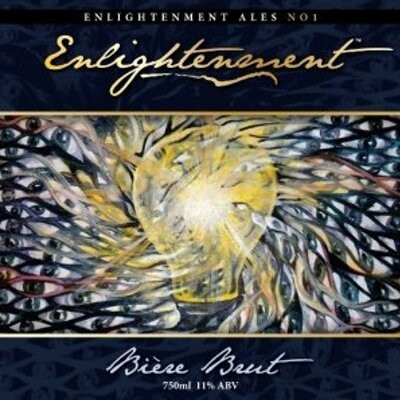 Ben Howe, Founder and Head Brewer at Idle Hands Craft Ales/Enlightenment Ales, Everett, MA (@idlehandsbeer/@Alelightenment)
Ben Howe, Founder and Head Brewer at Idle Hands Craft Ales/Enlightenment Ales, Everett, MA (@idlehandsbeer/@Alelightenment)
It's kinda weird. For my Enlightenment Ales project, I start with an experience in mind that I want to convey. Then I try to imagine what it would be to enjoy that experience--how a beer would convey it to the drinker. Once I have an idea of what the beer should taste like, I work backwards and figure out what I need to do ingredients and process-wise to execute those flavors. Then I agonize over it for a few months until I brew the first batch.
 Bryan Doran, Test Batch Brewer at Clown Shoes Beer, Ipswich, MA (@clownshoesbeer)
Bryan Doran, Test Batch Brewer at Clown Shoes Beer, Ipswich, MA (@clownshoesbeer)
Our owner, Gregg Berman, is the creative guy behind the beers. He brings up ideas and we sit around and discuss the flavors and if it would work. We then bring the idea to Dan Lipke (head brewer at Mercury) to construct commercial-sized recipes. We have a new 1/2 bbl system, so that we can have a more formal process internally and test some ideas before we approach Mercury. We're currently testing our summer beer, a mango kolsch.
Make sure you're on the mailing list for the next post in the brewer panel series by signing up here.

